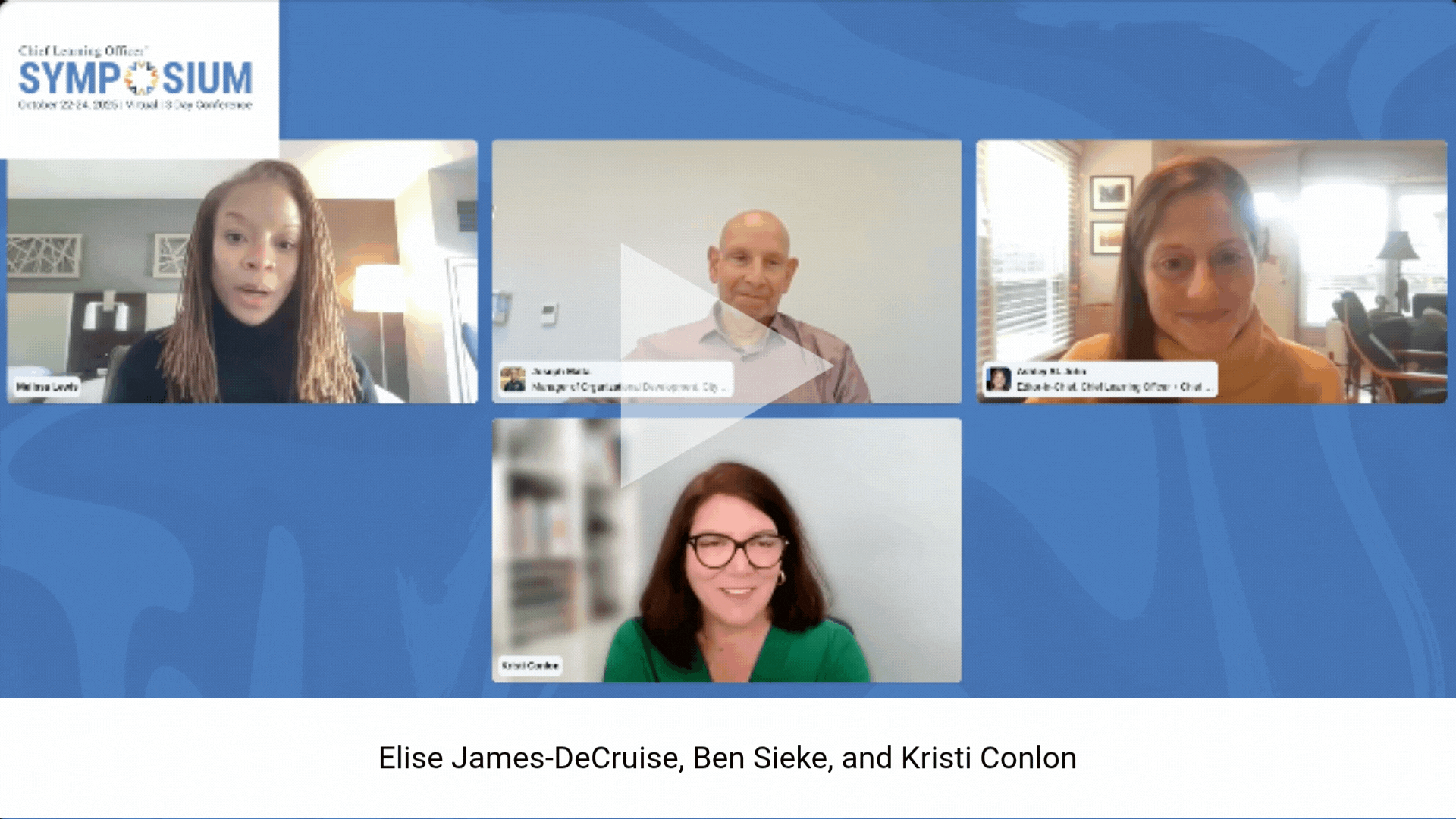When you think of the future classroom, we’re willing to bet the first thing that comes to mind is technology. Interactive software, digital chalkboards, virtual reality, gaming programs — the list goes on. Yet, there’s a big misconception that improving learning directly correlates with investing in more advanced technologies.
While it’s certainly important to continue to infuse new technologies into learning environments, the reality is that in order to find success in the digital workplace we need to reshape our thought process to accept that learning is a continuous process.
According to the U.S. Department of Labor, 62 percent of American jobs are at risk because of automation. While certain jobs have the potential to disappear, this opens the door for new roles to be created and less time to be spent on administrative tasks. However, this also requires people to receive additional training on a regular basis.
While primary education enables students to gain the skills to prepare for success in the traditional workplace, what about the digital workplace?
Billions of dollars have been invested in technologies that make learning easier and more fun but the way we are taught still remains a one-size-fits-all model. Our entire standard approach to education — top-down, heavily biased against collaboration and generally ending in young adulthood at the latest — has barely changed since the Industrial Revolution.
While we have innovated in many other areas of our lives, we have yet to take into consideration the importance of teaching global digital skills that fall outside of traditional curriculum. The reality is we need to act now to make sure learning is keeping up with the rapid pace of innovation.
A crucial pillar of education is to train students so that they are capable of acquiring the skills that will help them find jobs and more importantly retain those jobs. Small startups and large enterprises struggle to find the right, sometimes niche, talent with the right skillset needed to complete a project.
The rapid growth of the digital economy has shifted the job market. Look at Uber and other ride-hailing services alone — the entire taxicab business has been disrupted at a pace so rapid nobody could have predicted it. Educators worry that if a certain digital skill is taught, just a few months down the road a completely different skill set will be needed. The need for some specialized skills could completely disappear in a relatively short amount of time, which often holds leaders back from instilling the importance of learning.
What’s the solution? According to Bersin by Deloitte, organizations with a strong learning culture are 46 percent more likely to be first to market, enjoy 37 percent greater employee productivity and are 58 percent more prepared to meet future demand.
Organizations should be promoting a culture that supports continually learning the newest skills needed for success. Instilling the need for training programs outside of traditional onboarding when a candidate is hired will help to promote the concept that learning should be a constant. Educators can do their part by providing students, both undergraduates and post-graduates, with the mindset that learning must extend well beyond graduation and will be a critical part of any professional career.
One of the key issues is ongoing career development. It’s surprising that 18 million people are employed by the hundred biggest companies in the U.S. but the country only spends one-tenth of a percent of gross domestic product income on workforce development. If we shifted our focus and worked to create new programs and hired new educators with varying experiences and backgrounds, we would be making progress. For example, if apprenticeships were implemented more frequently we would be able to grant more people earlier exposure to real-world experience.
Finding success in the digital economy means being flexible and open-minded about new ideas. Promoting a collaborative learning culture allows both corporations and educational institutions to work in alignment toward the goal of promoting learning. By being a part of a global digital workplace, we have a strong connection with the need to have advanced technology. However, the crucial piece of the puzzle is knowing that continual learning is a critical element of succeeding in the future digital workplace.
Dan Wellers is founder and leader of SAP Digital Futures, a strategic insights group within SAP. Michael Rander is global lead for SAP’s Future of Work program. They can be reached at editor@CLOmedia.com.














